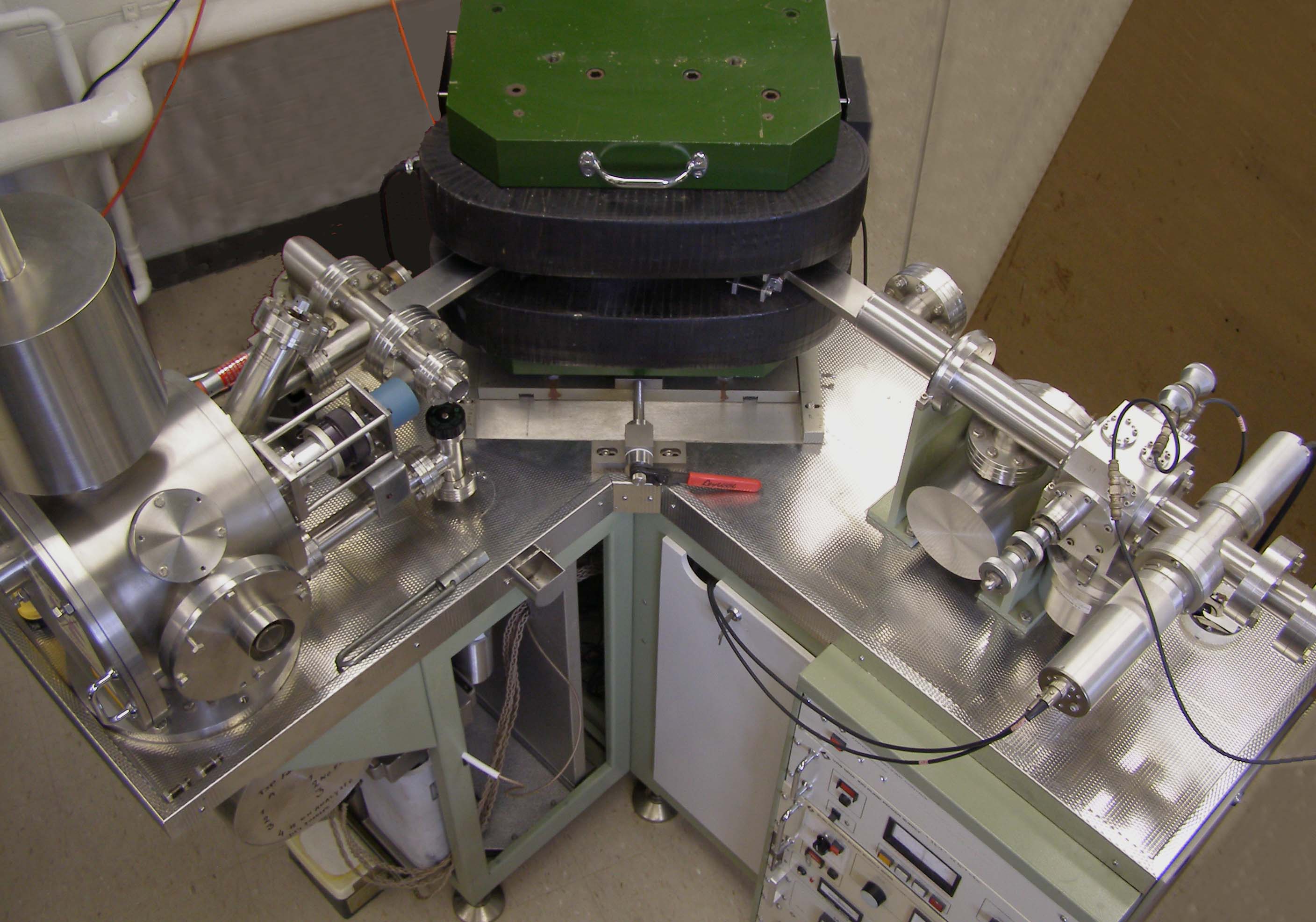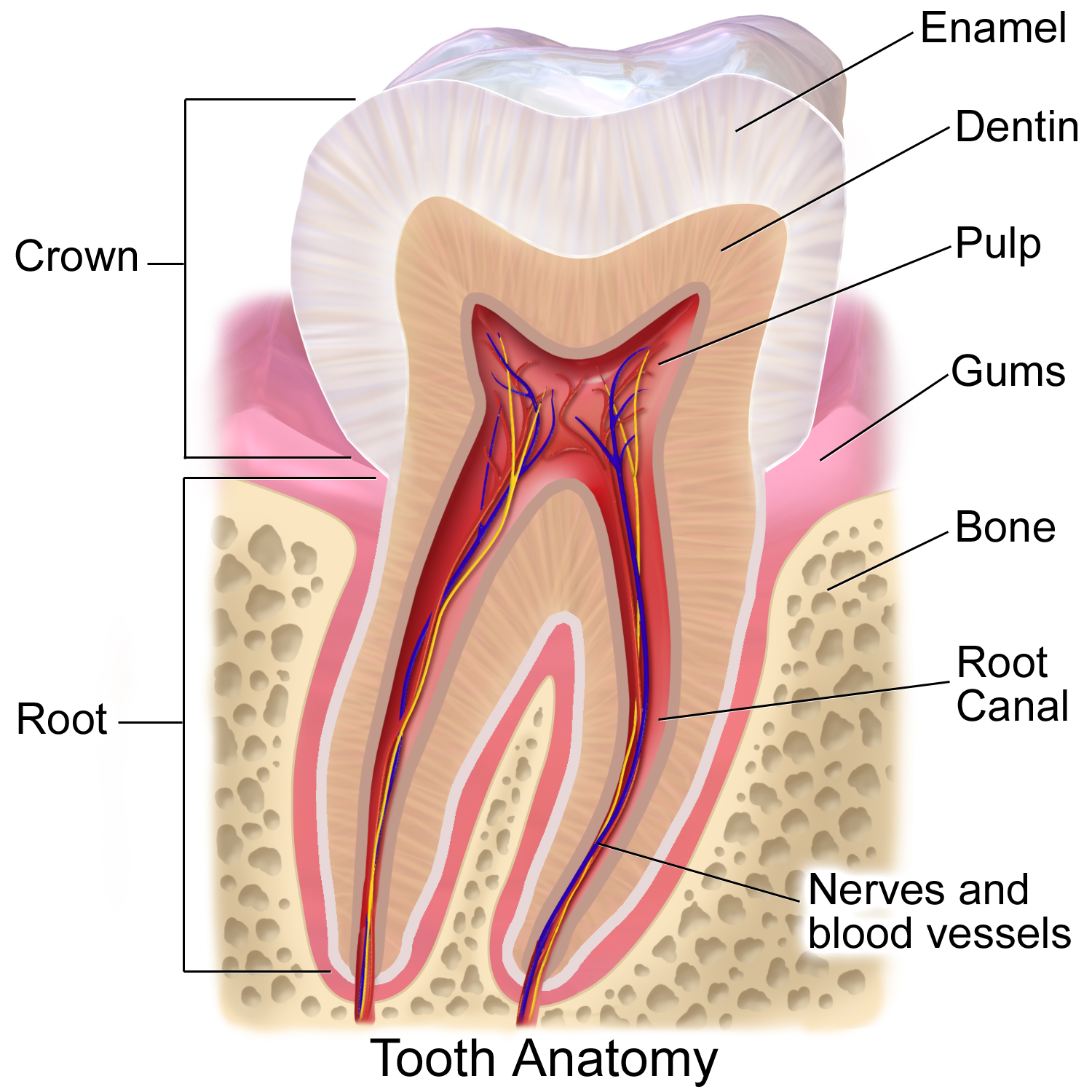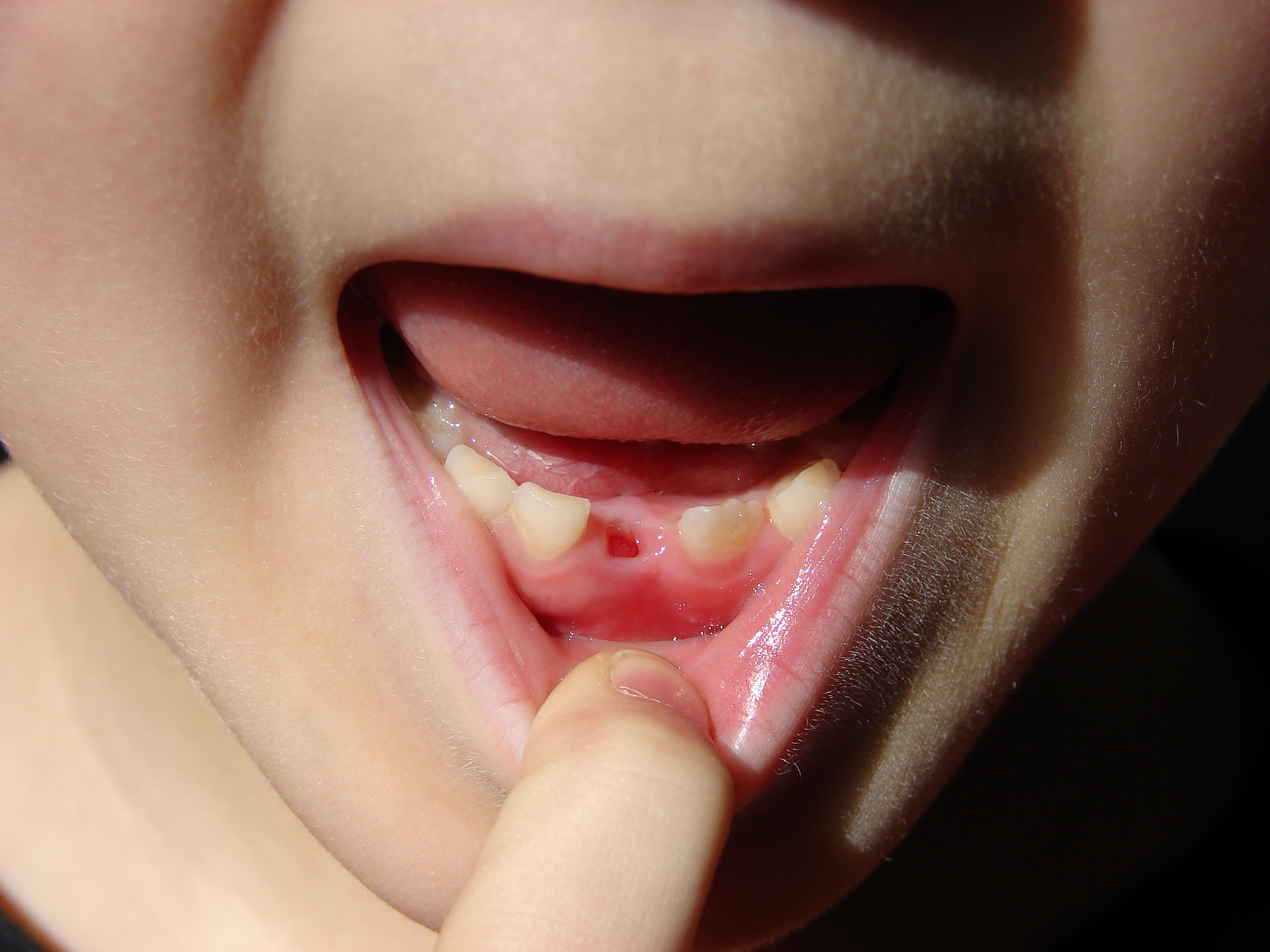|
Isotope Analysis
Isotope analysis is the identification of isotopic signature, abundance of certain stable isotopes of chemical elements within organic and inorganic compounds. Isotopic analysis can be used to understand the flow of energy through a food web, to reconstruct past environmental and climatic conditions, to investigate human and animal diets, for food authentification, and a variety of other physical, geological, palaeontological and chemical processes. Stable isotope ratios are measured using mass spectrometry, which separates the different isotopes of an element on the basis of their mass-to-charge ratio. Tissues affected Isotopic oxygen is incorporated into the body primarily through ingestion at which point it is used in the formation of, for archaeological purposes, bones and teeth. The oxygen is incorporated into the hydroxylcarbonic apatite of bone and tooth enamel. Bone is continually remodelled throughout the lifetime of an individual. Although the rate of tur ... [...More Info...] [...Related Items...] OR: [Wikipedia] [Google] [Baidu] |
Thermal Ionization Mass Spectrometer
Thermal ionization mass spectrometry (TIMS), also known as surface ionization, is a highly sensitive isotope mass spectrometry characterization technique. The isotopic ratios of radionuclides are used to get an accurate measurement for the elemental analysis of a sample. Singly charged ions of the sample are formed by the thermal ionization effect. A chemically purified liquid sample is placed on a metal filament which is then heated to evaporate the solvent. The removal of an electron from the purified sample is consequently achieved by heating the filament enough to release an electron, which then ionizes the atoms of the sample. TIMS utilizes a magnetic sector mass analyzer to separate the ions based on their mass to charge ratio. The ions gain velocity by an electrical potential gradient and are focused into a beam by electrostatic lenses. The ion beam then passes through the magnetic field of the electromagnet where it is partitioned into separate ion beams based on the ion's ... [...More Info...] [...Related Items...] OR: [Wikipedia] [Google] [Baidu] |
Tooth Enamel
Tooth enamel is one of the four major Tissue (biology), tissues that make up the tooth in humans and many animals, including some species of fish. It makes up the normally visible part of the tooth, covering the Crown (tooth), crown. The other major tissues are dentin, cementum, and Pulp (tooth), dental pulp. It is a very hard, white to off-white, highly mineralised substance that acts as a barrier to protect the tooth but can become susceptible to degradation, especially by acids from food and drink. In rare circumstances enamel fails to form, leaving the underlying dentin exposed on the surface. Features Enamel is the hardest substance in the human body and contains the highest percentage of minerals (at 96%),Ross ''et al.'', p. 485 with water and organic material composing the rest.Ten Cate's Oral Histology, Nancy, Elsevier, pp. 70–94 The primary mineral is hydroxyapatite, which is a crystalline calcium phosphate. Enamel is formed on the tooth while the tooth develops wit ... [...More Info...] [...Related Items...] OR: [Wikipedia] [Google] [Baidu] |
Oxygen-16
Oxygen-16 (symbol: 16O or ) is a nuclide. It is a stable isotope of oxygen, with 8 neutrons and 8 protons in its nucleus, and when not ionized, 8 electrons orbiting the nucleus. Oxygen-16 has a mass of . It is the most abundant isotope of oxygen and accounts for 99.757% of oxygen's natural abundance. The relative and absolute abundances of oxygen-16 are high because it is a principal product of stellar evolution and because it is a primordial isotope, meaning it can be made by stars that were initially made exclusively of hydrogen. Most oxygen-16 is synthesized at the end of the helium fusion process in stars; the triple-alpha process creates carbon-12, which captures an additional helium-4 to make oxygen-16. It is also created by the neon-burning process. Oxygen-16 is doubly magic. Solid samples (organic and inorganic) for oxygen-16 studies are usually stored in silver cups and measured with pyrolysis and mass spectrometry. Researchers need to avoid improper or prolo ... [...More Info...] [...Related Items...] OR: [Wikipedia] [Google] [Baidu] |
Oxygen-18
Oxygen-18 (, Ω) is a natural, stable isotope of oxygen and one of the environmental isotopes. is an important precursor for the production of fluorodeoxyglucose (FDG) used in positron emission tomography (PET). Generally, in the radiopharmaceutical industry, enriched water () is bombarded with hydrogen ions in either a cyclotron or linear accelerator, producing fluorine-18. This is then synthesized into FDG and injected into a patient. It can also be used to make an extremely heavy version of water when combined with tritium (hydrogen-3): or . This compound has a density almost 30% greater than that of natural water. The accurate measurements of rely on proper procedures of analysis, sample preparation and storage. Paleoclimatology In ice cores, mainly Arctic and Antarctic, the ratio of to (known as δ) can be used to determine the temperature of precipitation through time. Assuming that atmospheric circulation and elevation has not changed significantly over the ... [...More Info...] [...Related Items...] OR: [Wikipedia] [Google] [Baidu] |
Body Water
In physiology, body water is the water content of an animal body that is contained in the tissues, the blood, the bones and elsewhere. The percentages of body water contained in various fluid compartments add up to total body water (TBW). This water makes up a significant fraction of the human body, both by weight and by volume. Ensuring the right amount of body water is part of fluid balance, an aspect of homeostasis. Location By weight, the average adult human is approximately 60% water, and the average child is approximately 65% water. There can be considerable variation in body water percentage based on a number of factors like age, health, water intake, weight, and sex. In a large study of adults of all ages and both sexes, the adult human body averaged ~65% water. However, this varied substantially by age, sex, and adiposity (amount of fat in body composition). The figure for water fraction by weight in this sample was found to be 58 ±8% water for males and 48 ±6% for ... [...More Info...] [...Related Items...] OR: [Wikipedia] [Google] [Baidu] |
Breast Milk
Breast milk (sometimes spelled as breastmilk) or mother's milk is milk produced by the mammary glands in the breasts of women. Breast milk is the primary source of nutrition for newborn infants, comprising fats, proteins, carbohydrates, and a varying composition of minerals and vitamins. Breast milk also contains substances that help protect an infant against infection and inflammation, such as Human milk microbiome, symbiotic bacteria and other microorganisms and immunoglobulin A, whilst also contributing to the healthy development of the infant's immune system and gut microbiome. Use and methods of consumption The World Health Organization (WHO) and UNICEF recommend Breastfeeding#Duration and exclusivity, exclusive breastfeeding with breast milk for the first six months of an infant’s life. This period is followed by the incorporation of nutritionally adequate and safe complementary solid foods at six months, a stage when an infant’s nutrient and energy requirements start ... [...More Info...] [...Related Items...] OR: [Wikipedia] [Google] [Baidu] |
Weaned
Weaning is the process of gradually introducing an infant human or other mammal to what will be its adult diet while withdrawing the supply of its mother's milk. In the UK, weaning primarily refers to the introduction of solid foods at 6 months; in the US, it primarily refers to stopping breastfeeding. The process takes place only in mammals, as only mammals produce milk. The infant is considered to be fully weaned once it is no longer fed by any breast milk Breast milk (sometimes spelled as breastmilk) or mother's milk is milk produced by the mammary glands in the breasts of women. Breast milk is the primary source of nutrition for newborn infants, comprising fats, proteins, carbohydrates, and a var ... (or bottled Infant formula, substitute). Humans In some cultures, weaning progresses with the introduction of feeding the child food that has been prechewed by the parent along with continued breastfeeding, a practice known as premastication. The practice was important ... [...More Info...] [...Related Items...] OR: [Wikipedia] [Google] [Baidu] |
Deciduous Teeth
Deciduous teeth or primary teeth, also informally known as baby teeth, milk teeth, or temporary teeth,Fehrenbach, MJ and Popowics, T. (2026). ''Illustrated Dental Embryology, Histology, and Anatomy'', 6th edition, Elsevier, page 287–296. are the first set of teeth in the growth and development of humans and other diphyodonts, which include most mammals but not elephants, kangaroos, or manatees, which are polyphyodonts. Deciduous teeth Animal tooth development, develop during the embryonic stage of development and tooth eruption, erupt (break through the gums and become visible in the mouth) during infancy. They are usually lost and replaced by permanent teeth, but in the absence of their permanent replacements, they can remain functional for many years into adulthood. Development Formation Primary teeth start to form during the embryonic phase of human development (biology), human life. The development of primary teeth starts at the sixth week of tooth development as the d ... [...More Info...] [...Related Items...] OR: [Wikipedia] [Google] [Baidu] |
Teeth
A tooth (: teeth) is a hard, calcified structure found in the jaws (or mouths) of many vertebrates and used to break down food. Some animals, particularly carnivores and omnivores, also use teeth to help with capturing or wounding prey, tearing food, for defensive purposes, to intimidate other animals often including their own, or to carry prey or their young. The roots of teeth are covered by gums. Teeth are not made of bone, but rather of multiple tissues of varying density and hardness that originate from the outermost embryonic germ layer, the ectoderm. The general structure of teeth is similar across the vertebrates, although there is considerable variation in their form and position. The teeth of mammals have deep roots, and this pattern is also found in some fish, and in crocodilians. In most teleost fish, however, the teeth are attached to the outer surface of the bone, while in lizards they are attached to the inner surface of the jaw by one side. In cartilaginous ... [...More Info...] [...Related Items...] OR: [Wikipedia] [Google] [Baidu] |
Oxygen Ratio
Oxygen is a chemical element; it has symbol O and atomic number 8. It is a member of the chalcogen group in the periodic table, a highly reactive nonmetal, and a potent oxidizing agent that readily forms oxides with most elements as well as with other compounds. Oxygen is the most abundant element in Earth's crust, making up almost half of the Earth's crust in the form of various oxides such as water, carbon dioxide, iron oxides and silicates.Atkins, P.; Jones, L.; Laverman, L. (2016).''Chemical Principles'', 7th edition. Freeman. It is the third-most abundant element in the universe after hydrogen and helium. At standard temperature and pressure, two oxygen atoms will bind covalently to form dioxygen, a colorless and odorless diatomic gas with the chemical formula . Dioxygen gas currently constitutes approximately 20.95% molar fraction of the Earth's atmosphere, though this has changed considerably over long periods of time in Earth's history. A much rarer triatomi ... [...More Info...] [...Related Items...] OR: [Wikipedia] [Google] [Baidu] |
Collagen
Collagen () is the main structural protein in the extracellular matrix of the connective tissues of many animals. It is the most abundant protein in mammals, making up 25% to 35% of protein content. Amino acids are bound together to form a triple helix of elongated fibril known as a collagen helix. It is mostly found in cartilage, bones, tendons, ligaments, and skin. Vitamin C is vital for collagen synthesis. Depending on the degree of biomineralization, mineralization, collagen tissues may be rigid (bone) or compliant (tendon) or have a gradient from rigid to compliant (cartilage). Collagen is also abundant in corneas, blood vessels, the Gut (anatomy), gut, intervertebral discs, and the dentin in teeth. In muscle tissue, it serves as a major component of the endomysium. Collagen constitutes 1% to 2% of muscle tissue and 6% by weight of skeletal muscle. The fibroblast is the most common cell creating collagen in animals. Gelatin, which is used in food and industry, is collagen t ... [...More Info...] [...Related Items...] OR: [Wikipedia] [Google] [Baidu] |
Hydroxylapatite
Hydroxyapatite ( IMA name: hydroxylapatite) (Hap, HAp, or HA) is a naturally occurring mineral form of calcium apatite with the formula , often written to denote that the crystal unit cell comprises two entities. It is the hydroxyl endmember of the complex apatite group. The ion can be replaced by fluoride or chloride, producing fluorapatite or chlorapatite. It crystallizes in the hexagonal crystal system. Pure hydroxyapatite powder is white. Naturally occurring apatites can, however, also have brown, yellow, or green colorations, comparable to the discolorations of dental fluorosis. Up to 50% by volume and 70% by weight of human bone is a modified form of hydroxyapatite, known as bone mineral. Carbonated calcium-deficient hydroxyapatite is the main mineral of which dental enamel and dentin are composed. Hydroxyapatite crystals are also found in pathological calcifications such as those found in breast tumors, as well as calcifications within the pineal gland (and ot ... [...More Info...] [...Related Items...] OR: [Wikipedia] [Google] [Baidu] |










